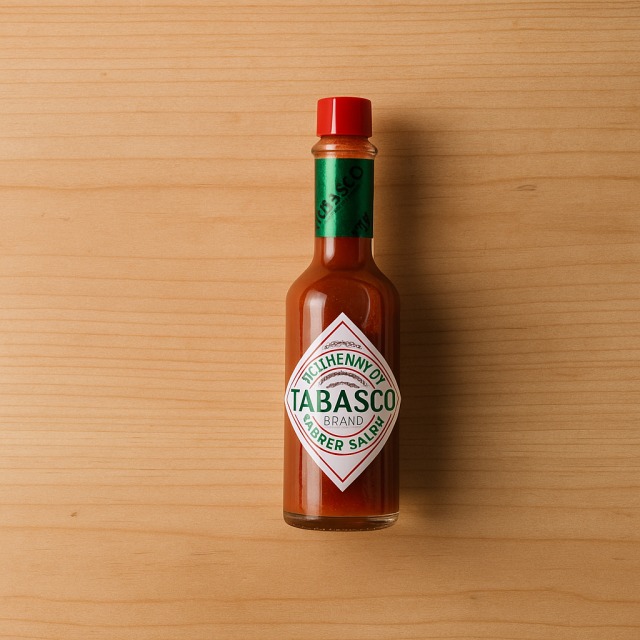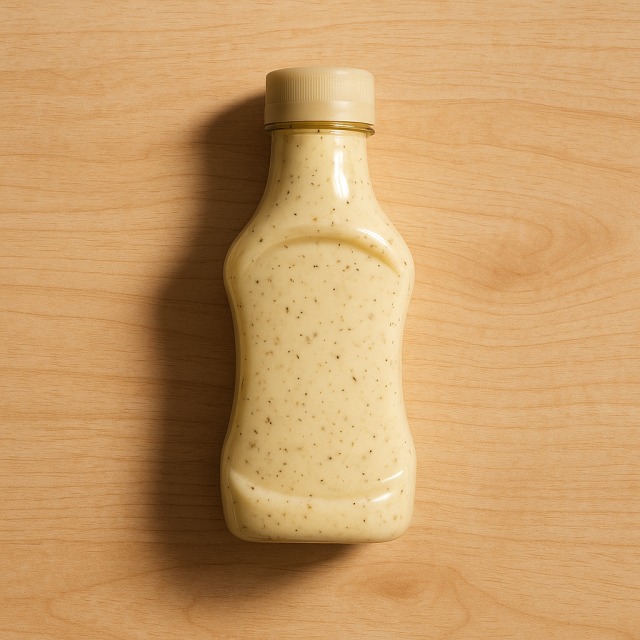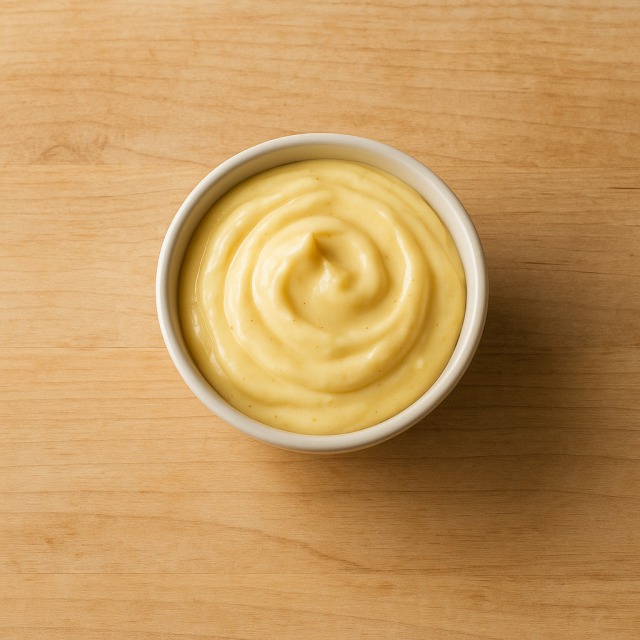Calorie Chart / Seasoning & Sauces / Fish sauce
How Many Calories Are in Fish sauce?
Calculation of the nutritional value & Recommended Dietary Intake of fish sauce
For g and a calorie requirement of kcal
| Calories 12 kcal | Proteins 0.3 g | Lipids 0 g | Carbohydrates 0 g |
| 1% | 0% | 0% | 0% |
Health benefits of fish sauce

Fish sauce - 100g
Calories 240 kcal
Proteins 6 g
Lipids 0 g
Carbohydrates 0 g
With 240 kcal per 100 g, fish sauce is considered a moderate-calorie condiment; in practice, only a few millilitres are used at a time, so the calories added to a dish remain minimal. It contains about 6 g of proteins per 100 g and virtually no lipids or carbohydrates, which explains why its calories come essentially from the residual proteins produced by long fermentation.
Produced by fermenting small fish with salt for months, this amber liquid concentrates natural glutamates that enhance umami taste. Fermentation also preserves vitamin B12, trace amounts of iodine, and selenium, minerals important for thyroid and immune function. However, its very high sodium content (up to 25 g/100 g) means it should be used sparingly in a balanced diet.
Supposed digestive benefits are sometimes attributed to fermented products thanks to peptides created during aging, but scientific evidence remains limited and should be labelled as "supposed." Historically, fish sauce dates back to ancient Roman "garum" before becoming a staple in Southeast Asian cuisines such as Vietnamese nước mắm and Thai nam pla—proof that flavour and calories are not the only factors that make an ingredient iconic.
Tips for incorporating fish sauce into a balanced diet
Because only drops are required to lift a dish, fish sauce lets you add depth without a large calorie load. Replace part of the salt in a marinade for chicken breast or tofu with 1–2 teaspoons of fish sauce; you'll keep the sodium in check while limiting extra calories. It is excellent in a quick stir-fry of vegetable jardinière served over plain rice, far lighter in calories than pairing it with fried noodles.
For a fresh, low-calorie dipping sauce, whisk fish sauce with lime juice, grated carrot, sliced cucumber, garlic, and a touch of chili. Drizzle it over grilled seafood or spoon it on top of a crisp summer roll. When cooking hearty dishes such as beef curry with rice, swap part of the regular salt for a dash of fish sauce and you'll intensify flavour without noticeably increasing total calories.
Frequently Asked Questions
- How many calories are in fish sauce?
- Fish sauce provides 240 kcal per 100 g.
- How many calories does a tablespoon of fish sauce add to a recipe?
- One tablespoon (≈15 g) brings roughly 36 kcal, a modest amount compared with other flavourings.
- Is fish sauce high in protein?
- It contains about 6 g of proteins per 100 g—useful, but the small serving size means only negligible protein and calories are added.
- Can I substitute soy sauce to reduce calories?
- Soy sauce is slightly lower in calories (around 70 kcal/100 g) but still high in sodium. Choose according to taste and dietary needs.
- Does heating fish sauce change its calories?
- Heating does not significantly alter calories; it only reduces volatile aromas, so add a splash at the end of cooking for maximum flavour with minimal calorie impact.
Similar foods
Information provided by Calorie Menu may contain inaccuracies or errors. It cannot, under any circumstances, substitute medical advice or medication.










